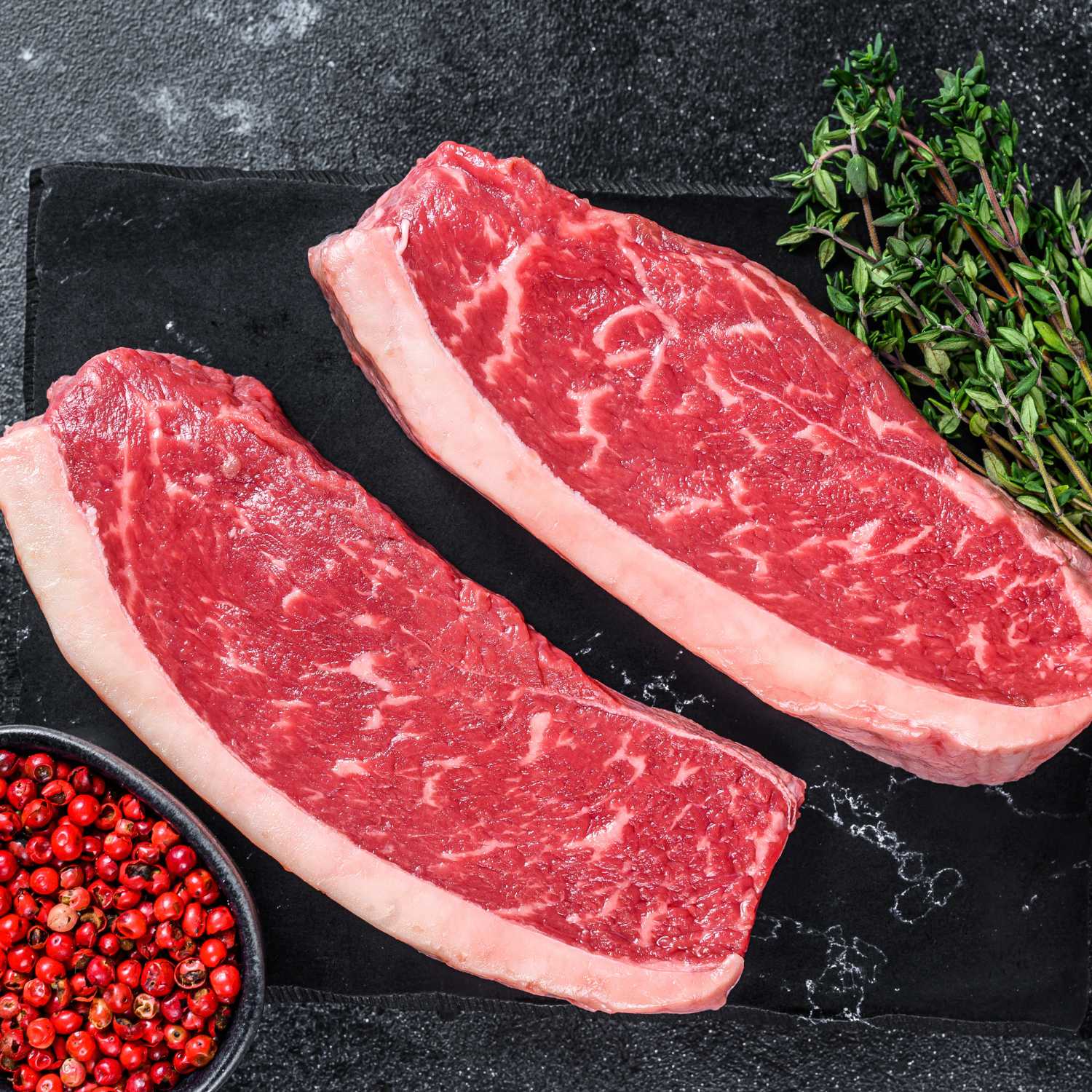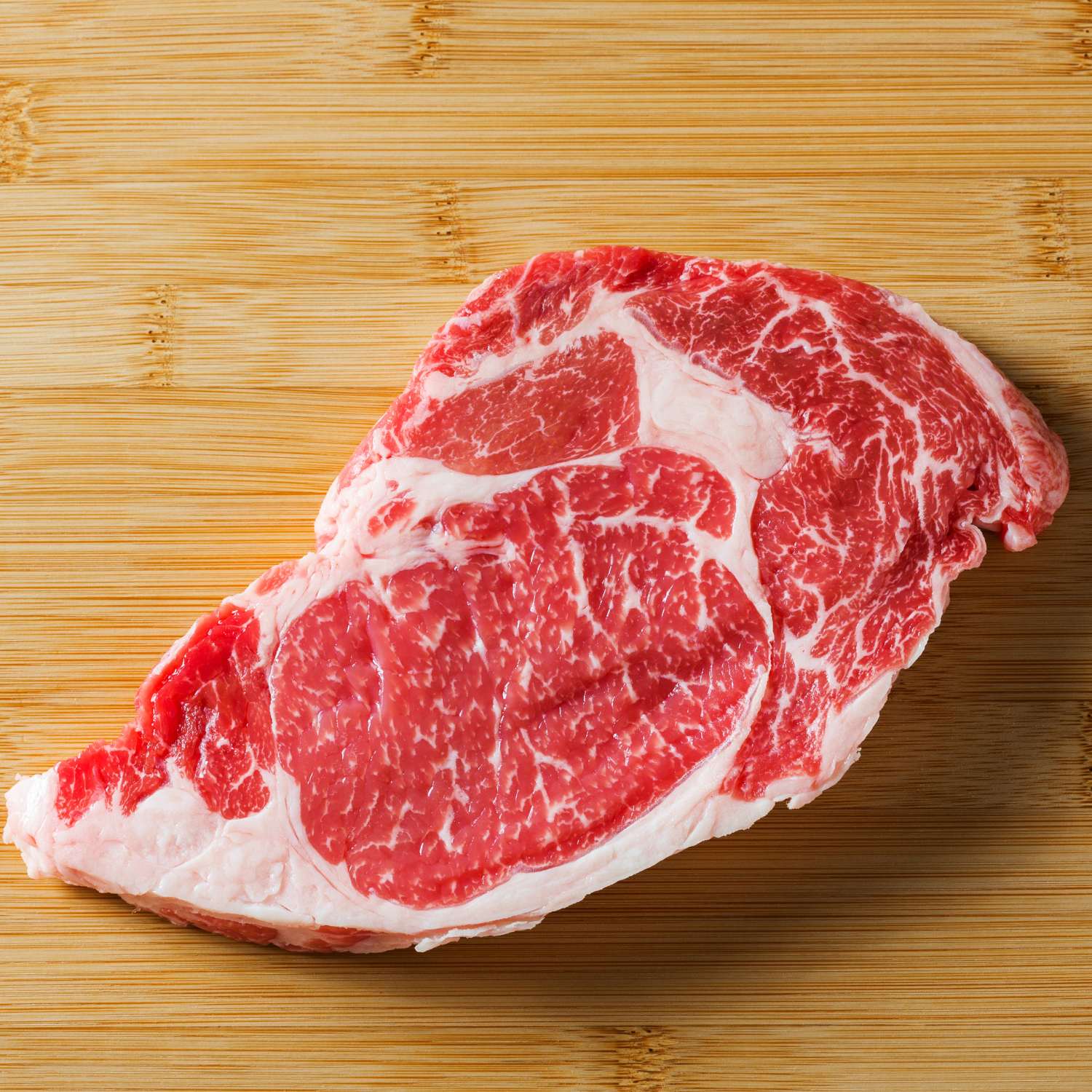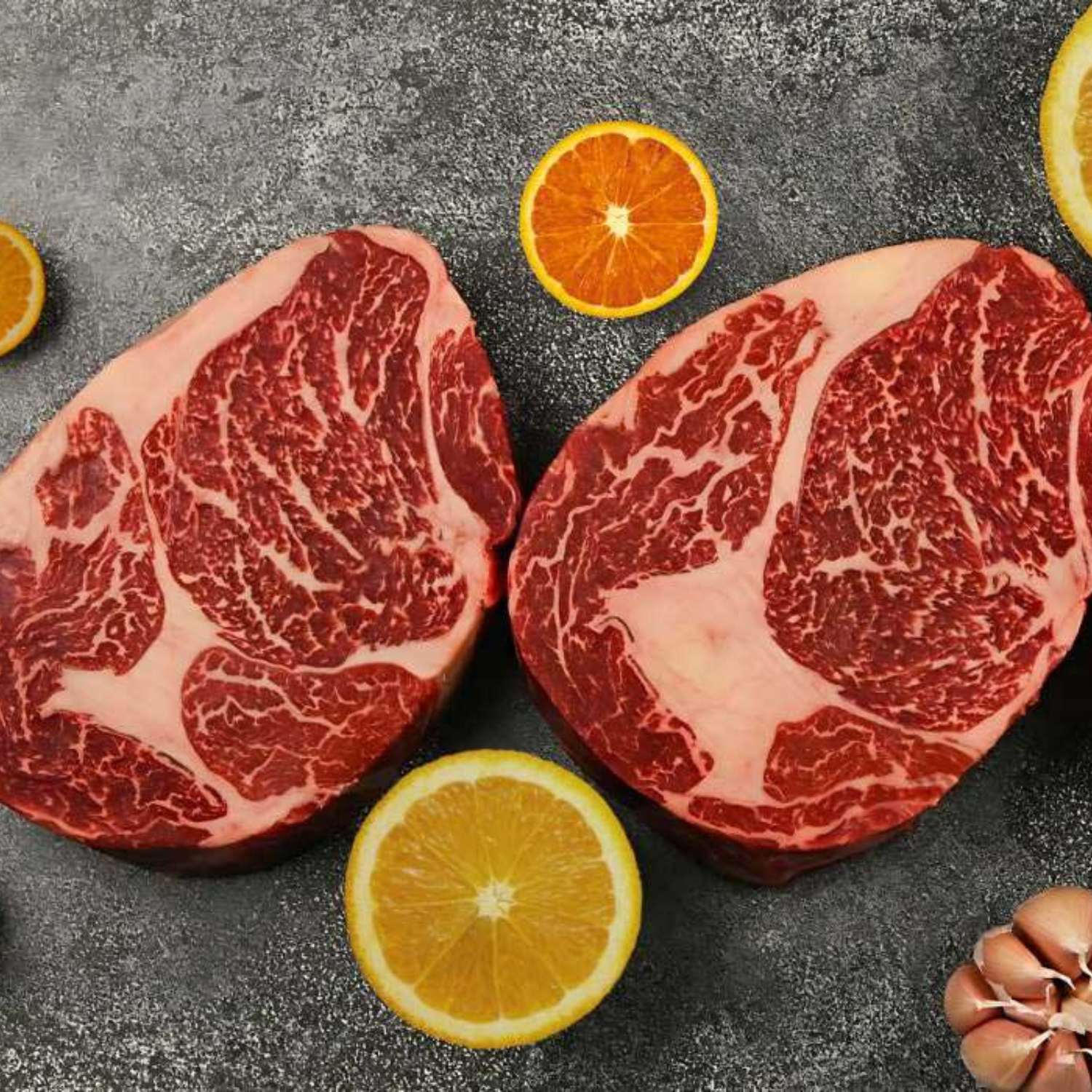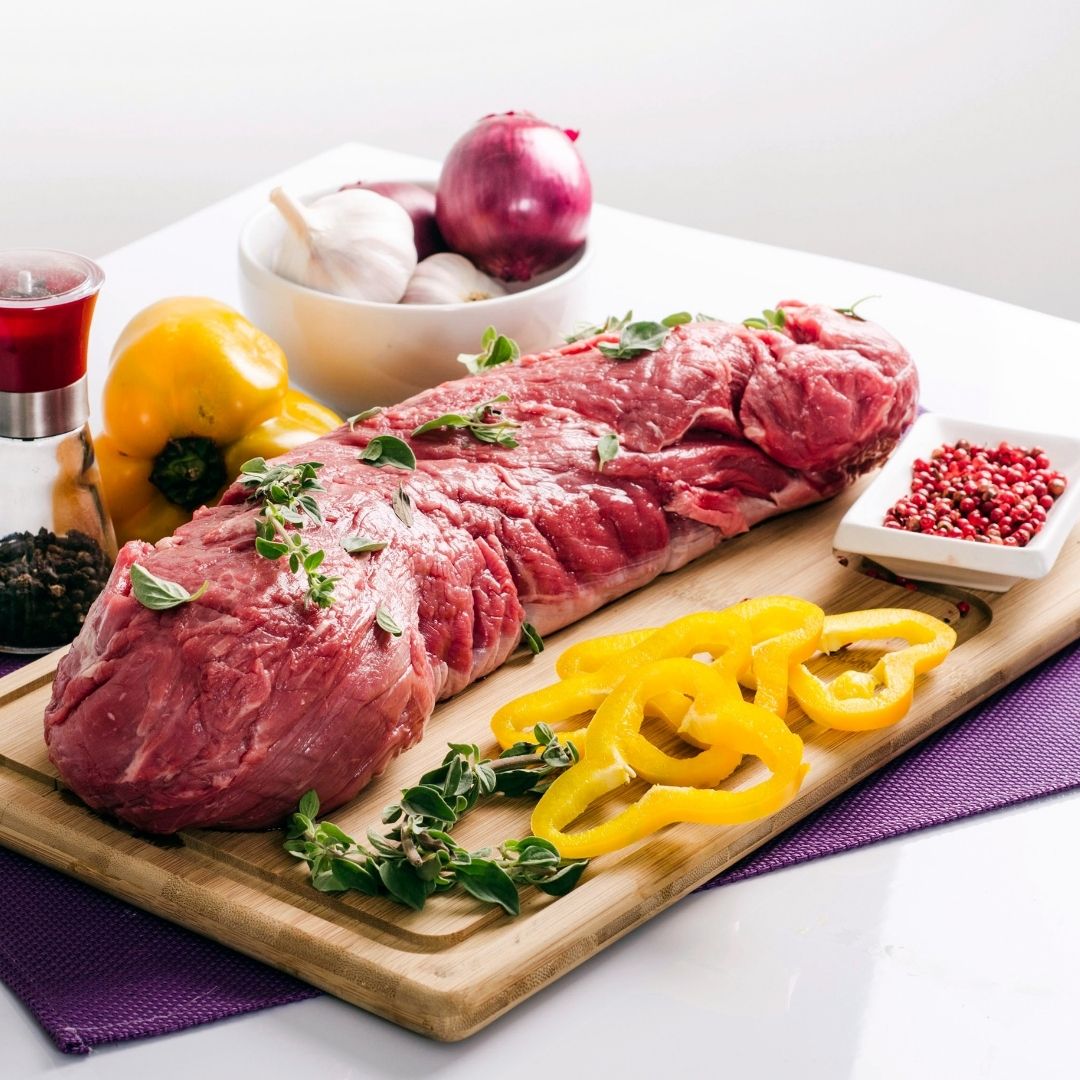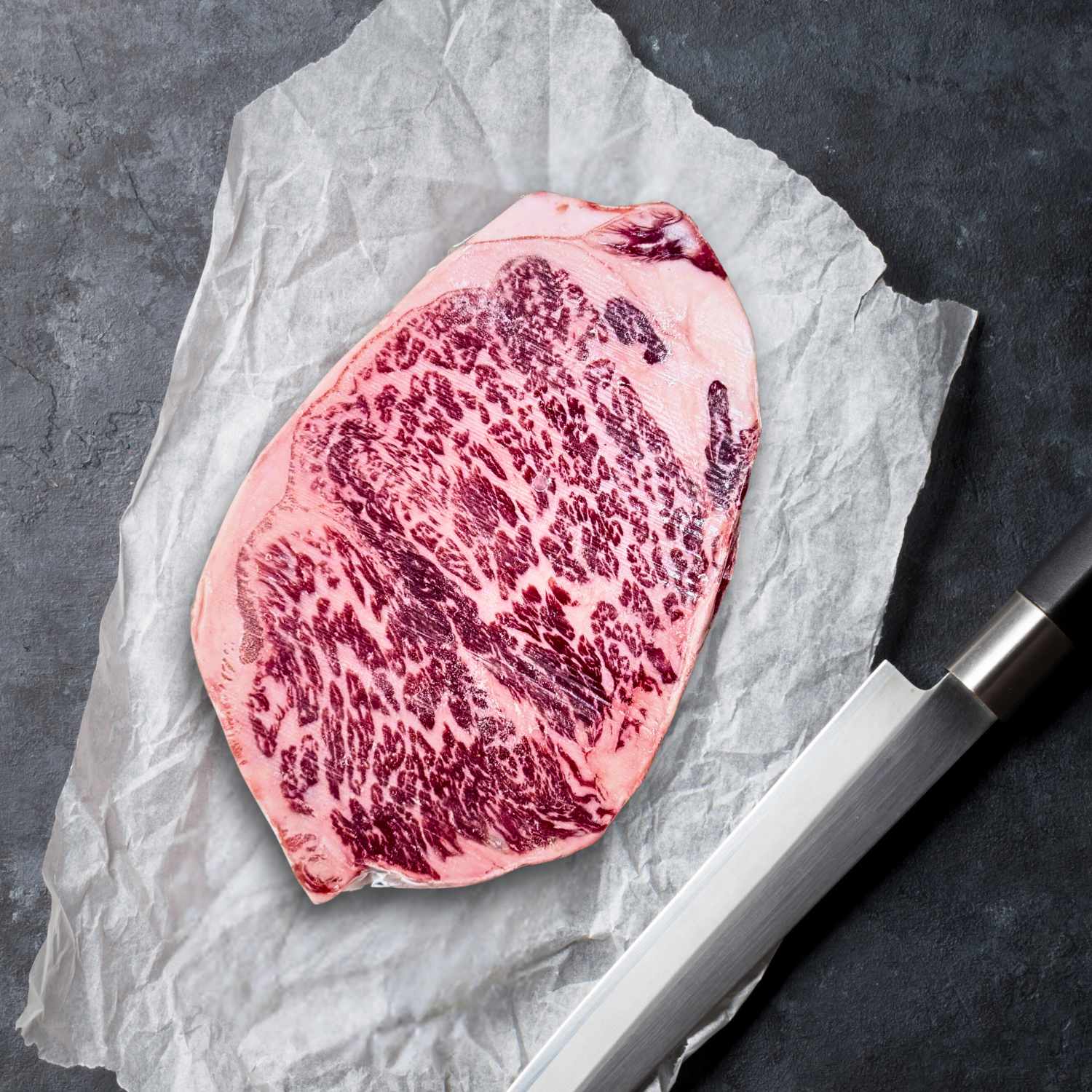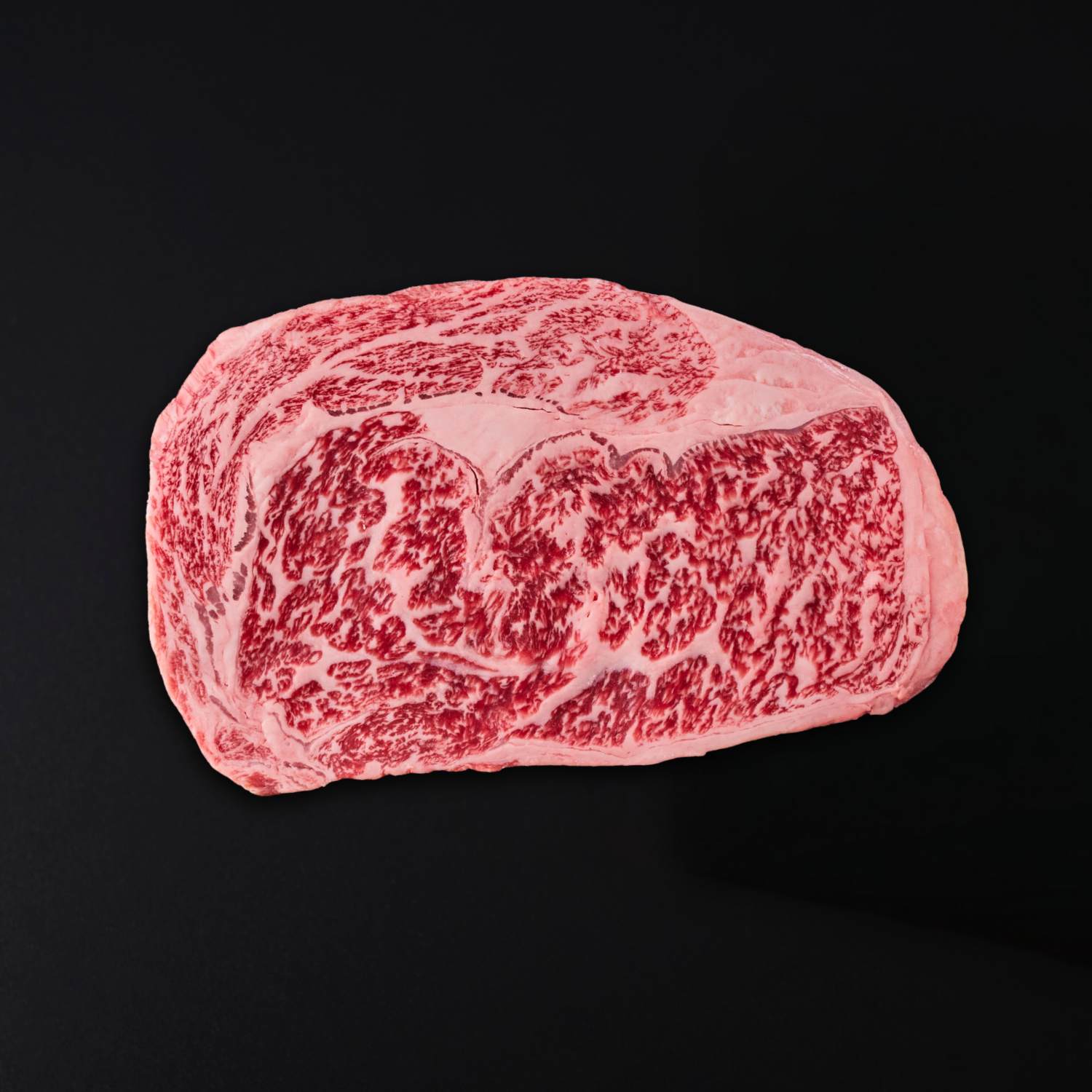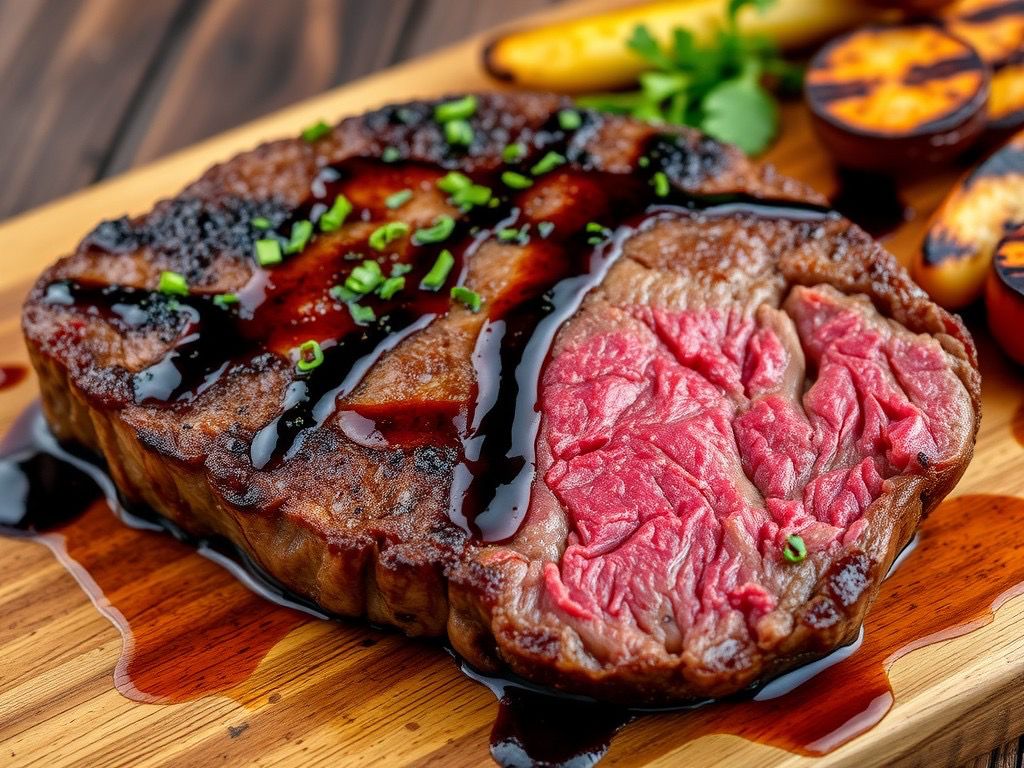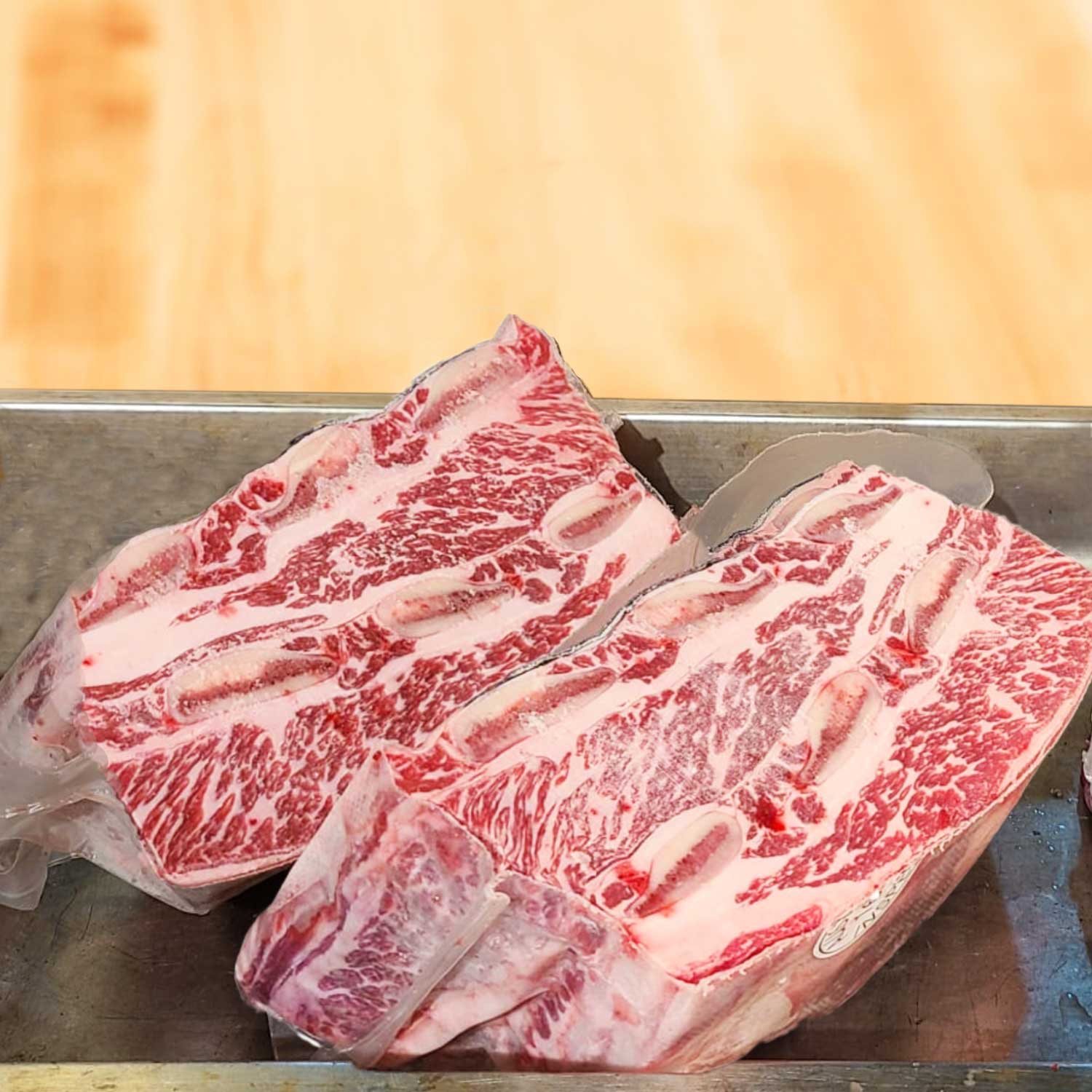Understanding the Demand for Grassfed Beef in Hong Kong
The Shift Toward Healthier Meat Choices
In Hong Kong, there's a clear shift towards healthier meat options. People are now choosing grassfed beef for its health benefits. This move aligns with a global trend where consumers prefer natural, less processed foods. They look for meat that's lower in fats and calories, but richer in key nutrients like Omega-3s and vitamins. Fast-paced Hong Kong life has spurred the want for food that's both healthy and quick to prepare.

Awareness of the connection between diet and wellness has grown. Hong Kongers are becoming more selective in their meat purchases. They often seek cuts with clear labels showing the beef is grassfed. This ensures they're making choices good for both their health and the environment.
Impact of Global Consumer Trends on Hong Kong's Meat Market
Global trends have a big impact on Hong Kong's meat market. People worldwide are choosing healthier foods. This includes grassfed beef, which is seen as better for you. As a result, more Hong Kong shoppers want it. They follow global health and diet tips. Eating trends from other places often get popular in Hong Kong. These trends drive the growth of grassfed beef sales. Sellers in Hong Kong must watch these trends. They can then offer the right products to customers. This helps them stay ahead in a busy market.
The Role of Nutritional Information in Consumer Decisions
In Hong Kong, knowledge about health boosts grassfed beef sales. Buyers seek meat with less fat and more omega-3s. Labels showing nutritional benefits attract shoppers. Educated consumers choose grassfed beef for its quality. Making smart meat choices impacts diet and well-being. Grassfed beef's low calories and high protein are key selling points.
The Production Process of Grassfed Beef
The Journey of a Grassfed Beef Cattle
To understand grassfed beef, it's vital to follow a cattle's journey. From the moment the calf is born, it grazes on pasture. No grain or artificial feed is used. As it grows, it roams free, eating diverse grasses. This natural diet impacts the beef's flavor and nutrition. Unlike grain-fed counterparts, these cattle mature at a natural pace. This process supports eco-friendly farming and reflects high meat quality. Every step is key from birth to sale. The path taken ensures the beef meets 'grassfed' standards. Each stage is crucial in Hong Kong's beef market. This journey from pasture to plate is what sets grassfed cattle apart.
Key Differences Between Grassfed and Grain-fed Beef
Grassfed and grain-fed beef vary in many ways. This affects meat quality and taste. Grassfed cattle eat a natural diet of grass. Grain-fed ones often get a high-corn diet. Grassfed beef tends to be leaner. It also has a more intense flavor. The feeding method influences fat content. Grassfed has more Omega-3 fats and CLA. These are good for heart health. Grassfeeding supports animal welfare better. It allows cattle to roam and graze freely. Grain-fed methods can mean crowded conditions. Grassfed beef often comes with higher costs. This is due to the longer time needed to raise the cattle. The production scale also affects the price. Grassfed herds are usually smaller. This process is more sustainable. It can help maintain soil quality and biodiversity. Choosing grassfed beef can support eco-friendly farming.
The Importance of Sustainable Beef Farming Practices
Sustainable beef farming is key to producing grassfed beef. It affects both nature and the final beef product. Here's why it matters in Hong Kong:
- Protection of Ecosystems: Farms must protect soil, water, and biodiversity. This leads to healthier cows and beef.
- Lower Carbon Footprint: Sustainable farms use less energy. This reduces greenhouse gases linked to climate change.
- Ethical Animal Treatment: Cows graze freely and live better. Happy cows can mean better quality beef.
- Local Support: These practices help local farmers and the economy. They also ensure fresher beef for consumers.
Grassfed beef from sustainable farms benefits all. It's good for health, ethics, and Hong Kong's future.
Marketing and Selling Grassfed Beef in Hong Kong
Identifying Your Target Audience
To sell grassfed beef in Hong Kong, know your audience. Aim for health-conscious consumers. These are often young, urban professionals. They care for environmental issues and wellness. Highlight the health benefits of grassfed beef. Use clear facts and figures. Show how grassfed beef fits a healthy lifestyle. Stress on its eco-friendly farming methods. This will attract the right buyers in Hong Kong's market.
Effective Marketing Strategies for Grassfed Beef
To market grassfed beef in Hong Kong effectively, focus on key strategies. First, harness social media platforms that are popular locally, such as Facebook and Instagram. Share engaging content that highlights the benefits of grassfed beef. Second, partner with influencers and health food bloggers who can sway public opinion. Their word can boost your product's image. Third, use storytelling to trace the journey of your grassfed beef from farm to table. This transparency builds trust. Finally, offer tastings at local markets or health food fairs. Let the product speak for itself. These strategies can help position your grassfed beef as the premium choice in Hong Kong's competitive meat market.
Navigating the Competitive Landscape of Hong Kong's Meat Market
Navigating Hong Kong's competitive meat market demands strategy. Grassfed beef vendors must stand out amongst many selling traditional meat. Establishing a unique brand identity is crucial. This includes highlighting grassfed beef's benefits. Education on health perks can allure health-conscious shoppers. Forming relationships with local organic shops may also aid. Collaborating offers access to dedicated customer bases. Online presence is non-negotiable in a digital age. Social media can drive awareness and sales. Lastly, staying informed on market trends keeps vendors competitive. Thus, vendors can adjust their approach proactively.

